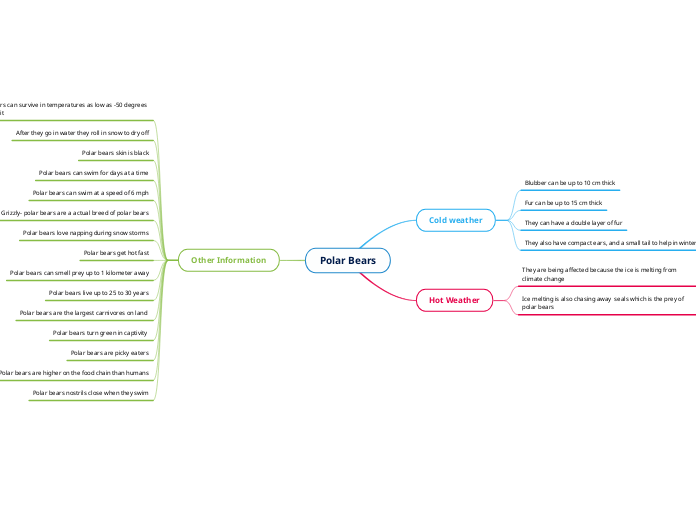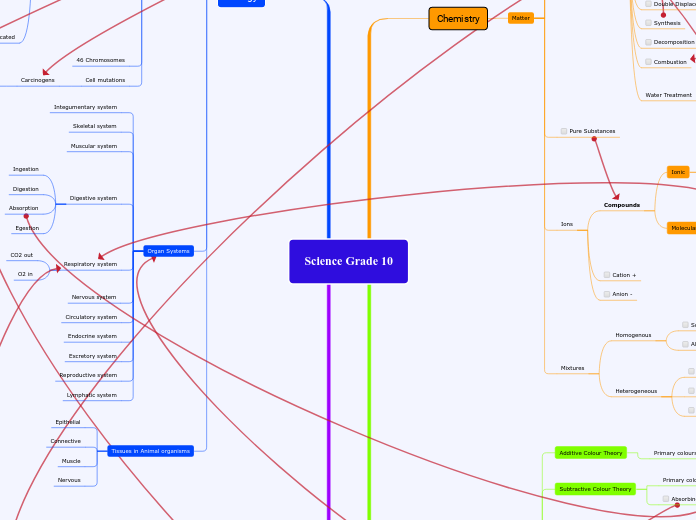によって Noah DeLine 2年前.
169
Polar Bears
Polar bears are heavily impacted by climate change, primarily due to the melting of ice, which disrupts their natural habitat and food sources, such as seals. Adapted for harsh, cold environments, they possess a thick layer of blubber and dense fur to insulate against extreme cold, with their fur sometimes reaching up to 15 cm thick.
開く
Polar Bears Other Information Polar bears nostrils close when they swim Polar bears are higher on the food chain than humans Polar bears are picky eaters Polar bears turn green in captivity Polar bears are the largest carnivores on land Polar bears live up to 25 to 30 years
Polar bears can smell prey up to 1 kilometer away
Polar bears get hot fast Polar bears love napping during snow storms Grizzly- polar bears are a actual breed of polar bears Polar bears can swim at a speed of 6 mph Polar bears can swim for days at a time Polar bears skin is black After they go in water they roll in snow to dry off
Polar bears can survive in temperatures as low as -50 degrees Fahrenheit Hot Weather Ice melting is also chasing away seals which is the prey of polar bears They are being affected because the ice is melting from climate change Cold weather They also have compact ears, and a small tail to help in winter
They can have a double layer of fur Fur can be up to 15 cm thick Blubber can be up to 10 cm thick









